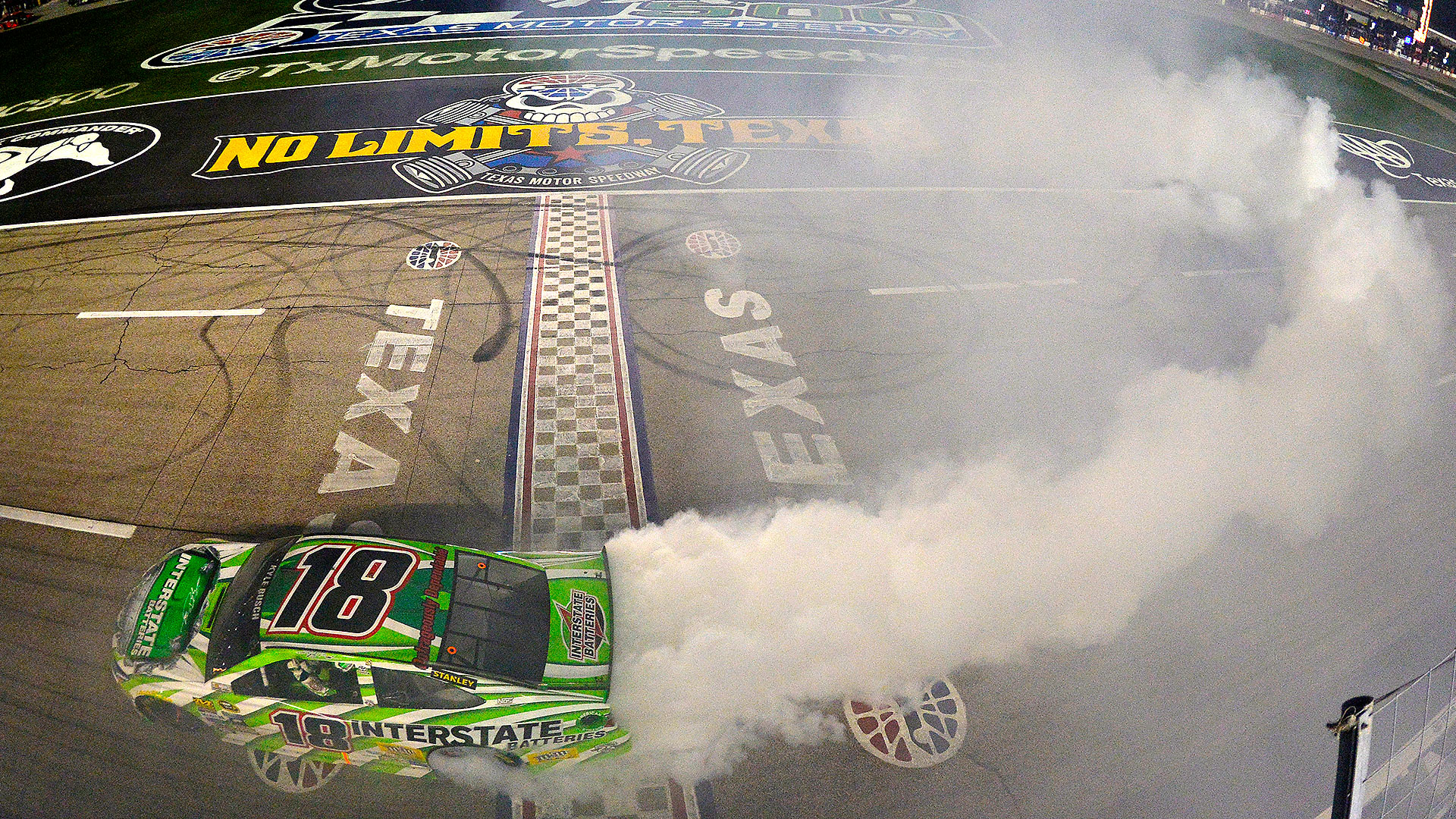

Q: So we’re four races into the NASCAR Cup season. And already two of the races have been decided by less than 1/100th of a second. Could NASCAR possibly be any better than this? – Brian Le Francais, Daytona Beach, FL
A: The problem with NASCAR isn’t the final lap of every Cup race, it’s all the laps before them. Every driver goes conservative until the end, the machinery itself is undifferentiated, and too much of the team strategizing is inscrutable and unfathomable. So my solution is that NASCAR have a lot more final laps.
There’s nothing that says a NASCAR race has to be 100 laps or 200 laps or more long. There’s nothing requiring that every race run to the same regimented rhythm – practice and qualifying on Friday, more practice on Saturday and the race itself on Sunday. There’s nothing that says NASCAR needs to run all its races on pavement.
So let’s dump a few of the Zombie Clone War Circle Jerk 400s in favor of some, what I call, sprint races (not Sprint Cup races). Using a straightforward dirt track format, run three races – two 20-lap features and a 40-lap main – on Sunday. That means instead of one final lap there will be three. And instead of 100-or-more laps of droning strategizing, the drivers are forced to fight it out immediately so that they finish high enough in their feature race to make it to the main. And make sure the features mean something by automatically promoting the winners to the season-ending championship chase.
So you skip the 90-percent of the current races that are usually used by fans for napping and applying sun block in favor of all-out thunderdome slam-and-bang sprints. It doesn’t have to be every race, just three a year. The Spring Sprints, the Summer Sprints, and the Fall Sprints. If nothing else it would break up the monotony of the lookalikes. It’s enough to make even the 1.5-mile tri-ovals look interesting.
Meanwhile, my other hope is that NASCAR throw some dirt track events onto the schedule. Yeah, with ISC owning all those fancy speedways, there’s not much chance that NASCAR is going to move any dates to some dirt track in the middle of Iowa or Arkansas. But it should.
Dirt tracks are still the backbone of American racing. The quarter-, half- or whatever-mile dust bowls are where American race drivers learn car control and how to ride up along the wall. And NASCAR does nothing to honor that heritage by keeping all the cars on smooth, grippy pavement.
I crave the day when the Busch boys, Harvick, Keselowski, and Jimmie Johnson are sliding up to ride the cushion on a dirt oval freshly carved into a North Carolina hill. I want to attend a Cup race that puts dirt in my teeth, that isn’t dependent on managing tire wear and not a single body panel survives the day. I want to have to scrape the dust off the top of my beer.
And I don’t even drink. But I’ll start, strictly on principle, if NASCAR gives me a dirt track Cup race.
NASCAR is facing a crossroads. Track revenues are down for the eighth straight year (though the 2015 drop was slight), they’ve taken seats out of many tracks, and the general awareness of the sport among younger people is headed down. The TV contract is still lucrative – and likely to stay so as cable sports networks battle to remain relevant in an industry desperate for live events – but the ratings are headed down. This year’s Daytona 500 had the second lowest TV ratings since flag-to-flat coverage started in 1979.
If NASCAR wants to stay relevant, at a time when many people are eager for autonomous cars to arrive so they can be relieved the burden of driving, it needs better and more diverse racing. It needs a lot more final laps.